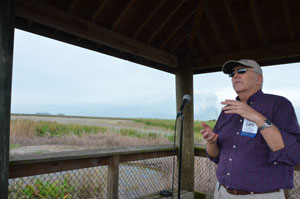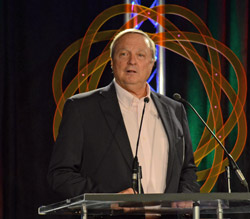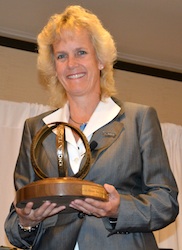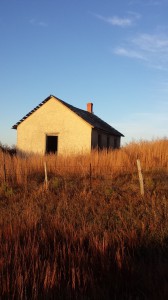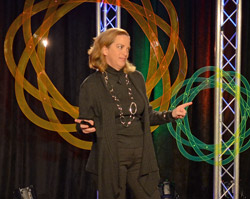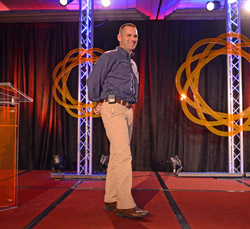 The Enlist™ Weed Control System is now approved for use with registration by the Environmental Protection Agency of Enlist Duo™ herbicide for use with Enlist corn and soybeans.
The Enlist™ Weed Control System is now approved for use with registration by the Environmental Protection Agency of Enlist Duo™ herbicide for use with Enlist corn and soybeans.
EPA’s decision is the final step in the federal regulatory process for the Enlist system. The Enlist corn and soybean traits were deregulated by USDA last month. With regulatory approvals now in place for Enlist corn and soybean traits and Enlist Duo herbicide, Dow AgroSciences will release its 2015 market intentions for Enlist in the coming weeks.
The National Corn Growers Association (NCGA) applauded news of the approval which will provide farmers with a valuable tool to combat instances of weed resistance. “The battle for approval of all components of this important technology has taken both determination and patience,” said NCGA Trade Policy and Biotechnology Action Team Chair John Linder, a farmer from Edison, Ohio. “This final step should place a necessary, new tool in the hands of corn and soybean farmers in immediate need of new systems to combat growing weed pressures throughout the Corn and Cotton Belts.”
“The registration of Enlist Duo herbicide means that America’s soybean farmers are a step closer to having access to another integral mode of action with which they can fight yield-robbing weeds,” said American Soybean Association President and Iowa farmer Ray Gaesser. “We now look to our key export partners to approve this trait so that we can realize the full market potential of this product, without fear of jeopardizing our trading relationships with partially approved traits.”
Enlist Duo™ herbicide is a proprietary blend of new 2,4-D choline and glyphosate. By combining two modes of action, Enlist Duo will control and help prevent further development of herbicide-resistant weeds. Enlist Duo herbicide has also been optimized for on-target application utilizing Dow’s proprietary Colex-D™ Technology, which will provide both stewardship and user benefits. Dow has made significant investments in existing and new assets to reliably supply high quality 2.4-D for current market needs, and 2,4-D choline for new Enlist Duo demand.

